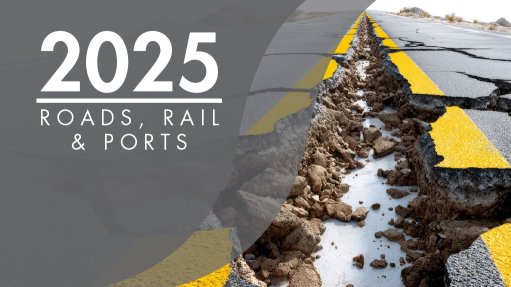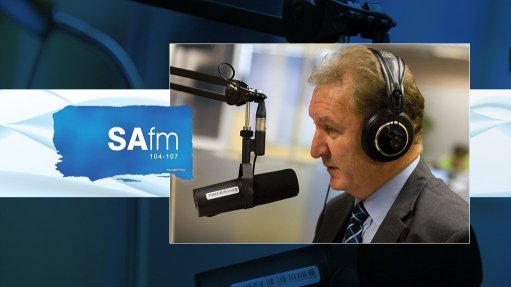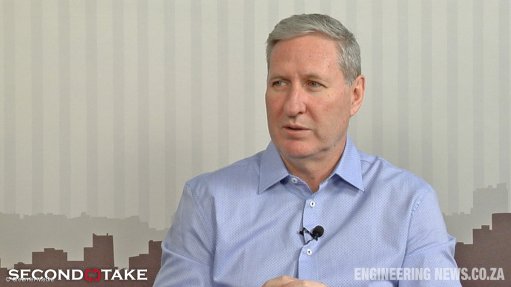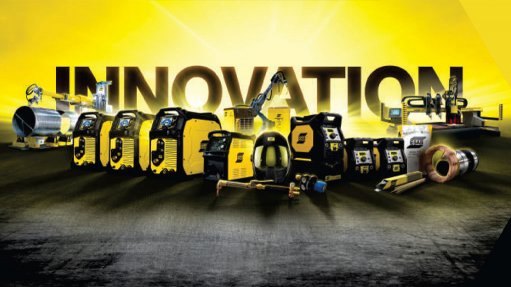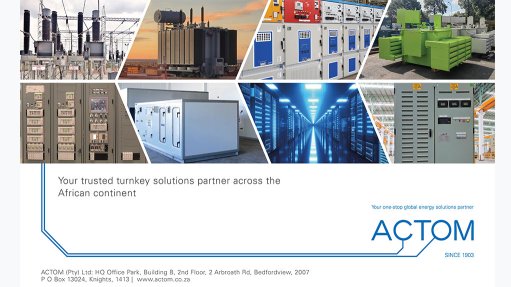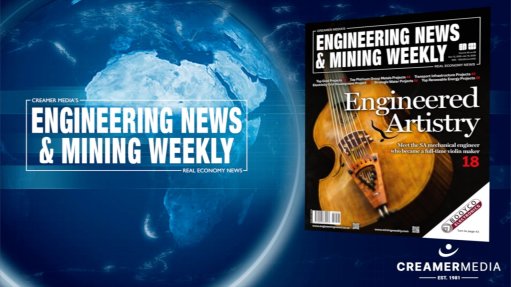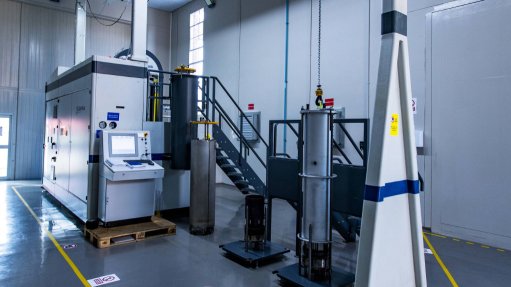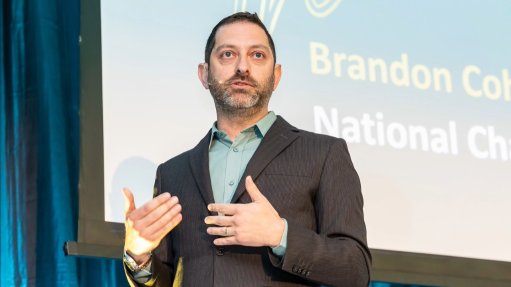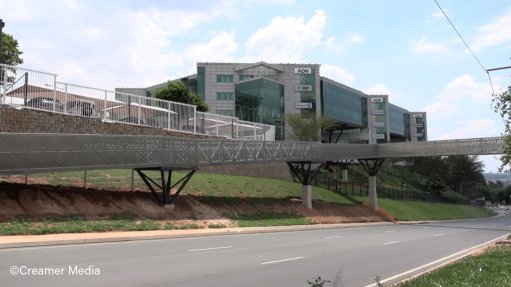Onsite crushing helps tackle embodied carbon

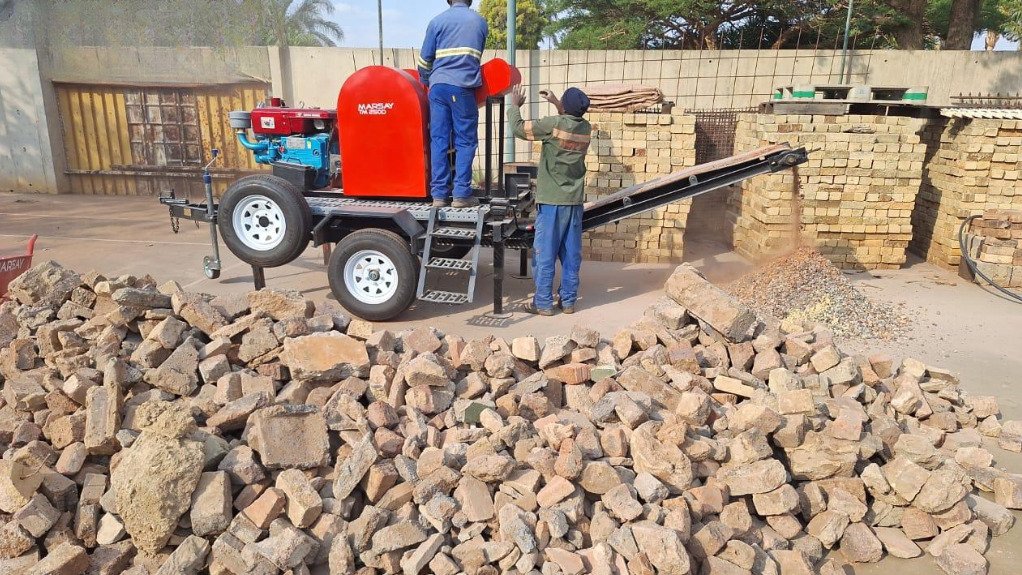
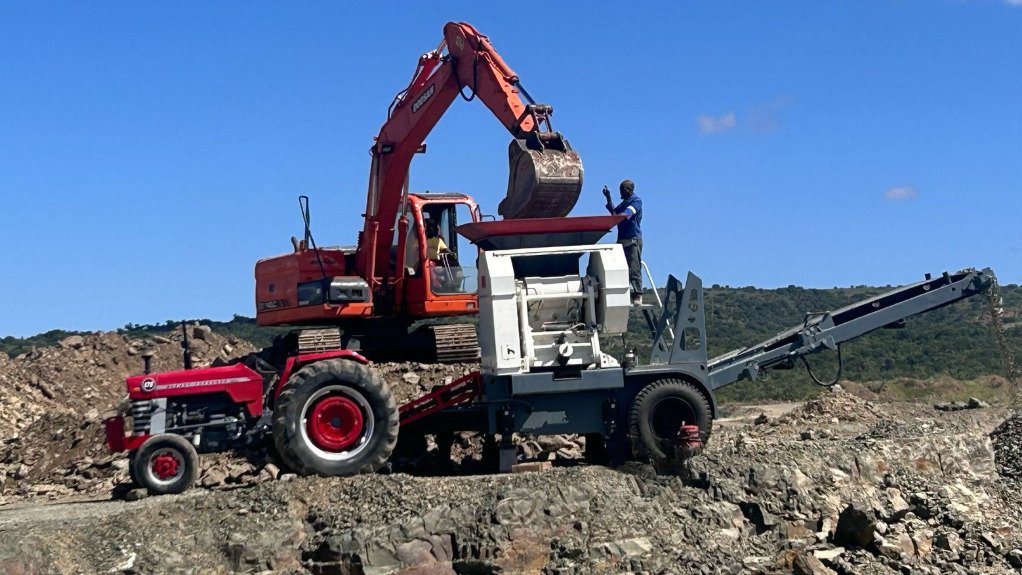
TRAILER-MOUNTED CRUSHERS The MARSAY TM series comprises trailer-mounted, road-legal crushing units specifically designed for mobility, durability and ease of use
LOCAL EMPOWERMENT The solution promotes local empowerment by providing an affordable and accessible crushing alternative
Although the construction industry has traditionally focused on reducing operational energy use through improvements in lighting and insulation, embodied carbon has long “flown under the radar”, says crushing solutions company Gold Rock Projects.
Embodied carbon refers to the emissions locked into construction materials, such as aggregates, which are energy-intensive to extract, process and transport – particularly in countries such as South Africa with its long supply chains.
These emissions can account for up to 50% of a building’s total life-cycle emissions. In fast-paced or short-duration projects, the environmental cost of materials often outweighs that of energy consumption throughout operation.
As a result, reducing embodied carbon offers a direct way to lower a project’s environmental impact and move beyond superficial “green” initiatives, says Gold Rock Projects marketing manager Chris Marsay.
“Contractors can reduce emissions by as much as 50% depending on haulage distances and material reuse rates.”
Moreover, onsite crushing eliminates the need for long-distance transport while reducing landfill contributions, thus offering both environmental and cost benefits.
Additionally, the case for recycled materials is supported both locally and internationally, and the MSCI South Africa Green Annual Property Index and studies by the Green Building Council South Africa have shown tangible cost savings when using recycled materials.
On a global scale, data shows that onsite crushing can reduce emissions by up to 65% for each tonne of material processed.
Scalable Solution
Despite the environmental and economic case, the use of crushing technology has traditionally been limited in South Africa, says Marsay.
Small sites, rough terrain and a lack of infrastructure make it difficult to accommodate large machinery. Moreover, tracked crushers are typically too expensive for local contractors working on tight margins.
To meet this gap, Gold Rock Projects introduced the MARSAY TM series – which comprises trailer-mounted, road-legal crushing units specifically designed for mobility, durability and ease of use.
Owing to its smaller footprint and simplified controls, the MARSAY TM series can be deployed in both urban and remote locations relatively timeously. Compliance features, such as integrated dust and noise suppression systems, ensure operations remain within regulatory limits.
“The TM series is trailer-mounted, allowing easy relocation and set-up,” says Marsay. “It’s designed for rugged conditions, with low maintenance needs and fuel-efficient operation.”
One of the major advantages is cost reduction. By processing rubble onsite, contractors can avoid tipping fees, lower transport expenses and turn waste into usable aggregates.
This not only increases project margins but also aligns with government sustainability goals, Marsay avers.
Onsite crushing supports mandates for landfill diversion and waste reduction, while also helping contractors comply with Section 28 of the Waste Act and reducing illegal dumping.
Real-world use has proven the system’s adaptability. On city sites, the compact TM 250 model has been deployed within minutes, even through narrow access points.
Additionally, built-in spray bars help manage dust and ensure compliance with municipal by-laws. These experiences underscore the importance of flexibility, speed and simplicity on fast-paced jobs.
“The TM 250 proved that rapid deployment and minimal crew requirements are essential for scaling in high-demand environments,” Marsay notes.
Beyond environmental and operational benefits, the solution also promotes local empowerment. By providing an affordable and accessible crushing alternative, Gold Rock Projects enables smaller contractors to take control of their materials and operations.
This opens up job opportunities, supports entrepreneurship in semi-urban and rural areas, and strengthens community-based recycling efforts.
To support implementation, Gold Rock Projects offers a full-service approach – from site audits and logistics to training and remote assistance. The product line includes the TM 250, TM 500 and TM 750, each tailored to suit different throughput and space needs.
While the fundamental crushing process has not changed much over the decades, Marsay believes that innovation lies in mobility, application and efficiency.
“Crushing technologies have not changed significantly over the decades; however, how they are powered, how they are transported and the environments in which they are deployed is where the scope for innovation and modernisation lies.”
Marsay concludes that the company is also looking at overall weight reduction of its machines to further reduce the carbon footprint of its customers’ building projects.
Article Enquiry
Email Article
Save Article
Feedback
To advertise email advertising@creamermedia.co.za or click here
Comments
Announcements
What's On
Subscribe to improve your user experience...
Option 1 (equivalent of R125 a month):
Receive a weekly copy of Creamer Media's Engineering News & Mining Weekly magazine
(print copy for those in South Africa and e-magazine for those outside of South Africa)
Receive daily email newsletters
Access to full search results
Access archive of magazine back copies
Access to Projects in Progress
Access to ONE Research Report of your choice in PDF format
Option 2 (equivalent of R375 a month):
All benefits from Option 1
PLUS
Access to Creamer Media's Research Channel Africa for ALL Research Reports, in PDF format, on various industrial and mining sectors
including Electricity; Water; Energy Transition; Hydrogen; Roads, Rail and Ports; Coal; Gold; Platinum; Battery Metals; etc.
Already a subscriber?
Forgotten your password?
Receive weekly copy of Creamer Media's Engineering News & Mining Weekly magazine (print copy for those in South Africa and e-magazine for those outside of South Africa)
➕
Recieve daily email newsletters
➕
Access to full search results
➕
Access archive of magazine back copies
➕
Access to Projects in Progress
➕
Access to ONE Research Report of your choice in PDF format
RESEARCH CHANNEL AFRICA
R4500 (equivalent of R375 a month)
SUBSCRIBEAll benefits from Option 1
➕
Access to Creamer Media's Research Channel Africa for ALL Research Reports on various industrial and mining sectors, in PDF format, including on:
Electricity
➕
Water
➕
Energy Transition
➕
Hydrogen
➕
Roads, Rail and Ports
➕
Coal
➕
Gold
➕
Platinum
➕
Battery Metals
➕
etc.
Receive all benefits from Option 1 or Option 2 delivered to numerous people at your company
➕
Multiple User names and Passwords for simultaneous log-ins
➕
Intranet integration access to all in your organisation






